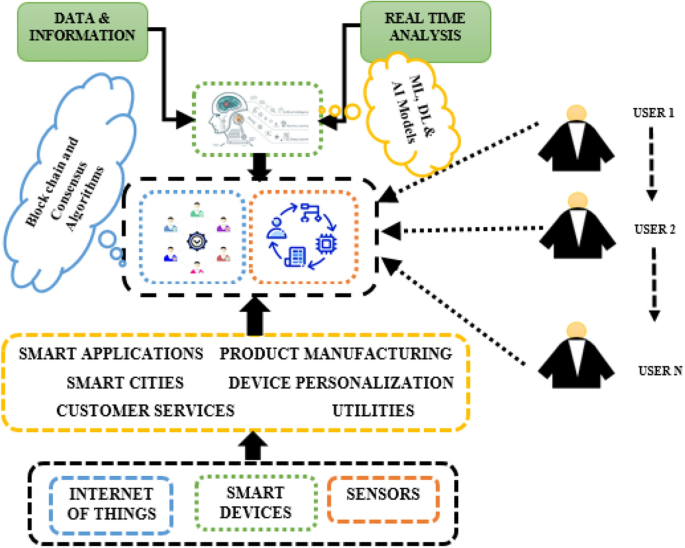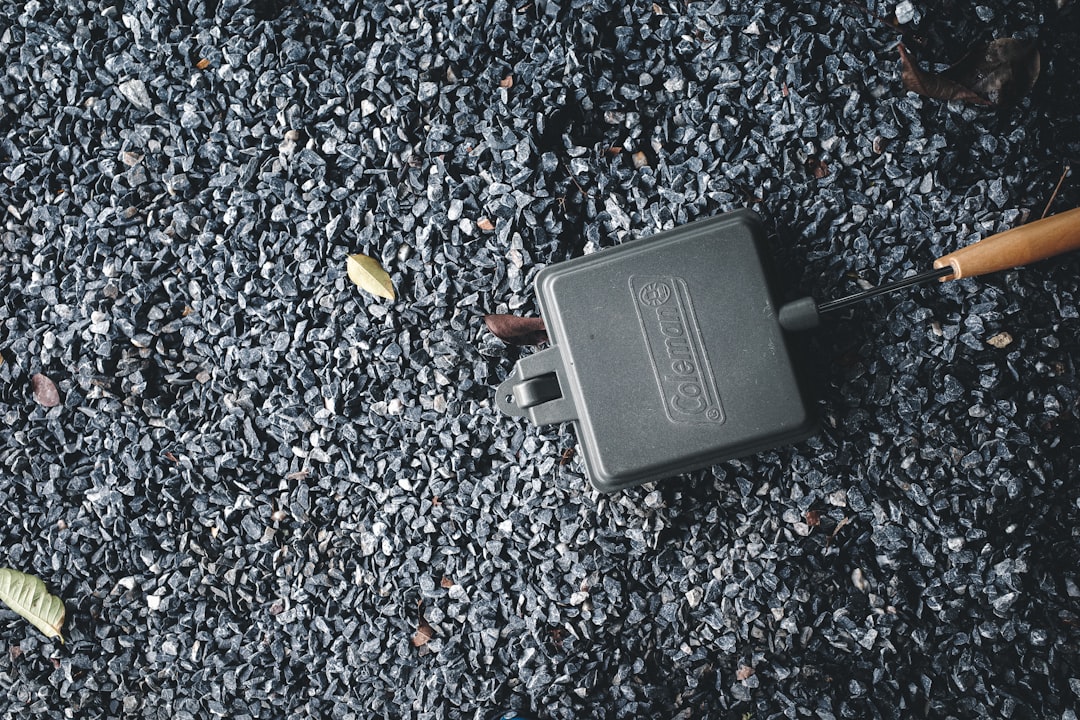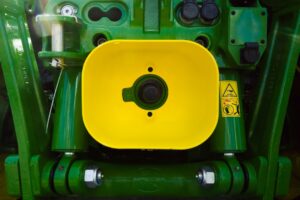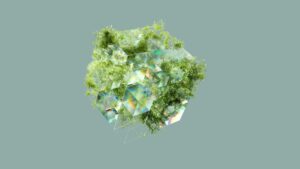Imagine a home that does more than shelter its inhabitants. Imagine a living space that actively participates in their well-being, an environment that senses, understands, and anticipates needs before they become emergencies. This is not a scene from a distant science fiction future; it is the rapidly emerging reality forged by the convergence of artificial intelligence, the Internet of Things (IoT), and a sophisticated array of sensors. This technological trifecta is creating a new paradigm in personal care, particularly for the elderly and those with chronic health conditions. We are moving beyond reactive systems—like a panic button pushed after a fall—to a proactive ecosystem that continuously monitors, learns, and provides insights to prevent crises. This evolution in AI Sensors & IoT News is not just about convenience; it’s about fostering independence, enhancing safety, and delivering a more personalized, dignified standard of care right within the walls of our own homes. This article explores the architecture, applications, and profound implications of this AI-driven revolution in health and wellness.
The Anatomy of an AI-Powered Care Ecosystem
At the heart of this new era of proactive healthcare is a multi-layered ecosystem where each component plays a critical role. It’s a symphony of hardware and software working in concert to transform raw environmental and biological data into life-enhancing actions. Understanding this architecture is key to appreciating its power and potential.
The Sensor Layer: The Digital Nervous System
The foundation of any smart care environment is the sensor layer, acting as the system’s digital eyes, ears, and nerves. This network gathers the continuous stream of data that fuels the AI. The latest Health & BioAI Gadgets News highlights an explosion in sensor sophistication. These sensors can be broadly categorized:
- Wearable Sensors: These are devices worn on the body, providing direct physiological data. The latest in Wearables News includes smartwatches with FDA-cleared ECG and blood oxygen (SpO2) monitors, smart rings that track sleep patterns with incredible accuracy, and specialized AI Fitness Devices that monitor movement and vitals. Advanced wearables now incorporate sophisticated fall detection algorithms that can distinguish between a hard fall and a simple stumble, automatically alerting caregivers.
- Ambient Sensors: These are integrated into the living environment itself, offering context without requiring the user to wear anything. This is a major focus of Smart Home AI News. Examples include pressure sensors in mattresses to monitor sleep quality and restlessness (part of AI Sleep / Wellness Gadgets News), motion sensors to track activity patterns throughout the home, and even smart toilets that can analyze waste for early signs of disease.
- Vision and Audio Sensors: This category is seeing some of the most significant AI-driven advancements. The latest AI-enabled Cameras & Vision News reports on privacy-centric cameras that use AI to create skeletal maps or heatmaps of a person’s movement rather than recording video. This allows them to analyze gait for fall risk, detect if someone has been immobile for too long, or even interpret facial expressions for signs of pain, all while preserving privacy. Similarly, developments in AI Audio / Speakers News involve smart assistants that can detect the sound of a fall, a cough, or a call for help, distinguishing it from background noise like a television.
The IoT Network: Connecting the Dots
Sensors generate a torrent of data, but this data is useless if it remains isolated. The Internet of Things (IoT) provides the crucial connective tissue. It’s the network backbone—using protocols like Wi-Fi, Zigbee, Matter, and Bluetooth—that allows these disparate sensors to communicate with each other and with a central processing hub. A reliable and secure IoT network is non-negotiable, as a dropped connection could mean a missed alert. The push for interoperability, championed by standards like Matter, is critical for creating a seamless ecosystem where a smart light from one brand can interact with a motion sensor from another.
The AI Brain: From Raw Data to Actionable Insights
This is where the magic happens. The AI, whether running in the cloud or on a local device (a key topic in AI Edge Devices News), acts as the system’s brain. It ingests the massive, continuous data streams from the sensor layer and applies machine learning algorithms to perform several key functions:
- Pattern Recognition: The AI learns an individual’s daily routines. It knows that Mrs. Smith usually gets up at 7 AM, spends 30 minutes in the kitchen, and watches TV in the afternoon.
- Anomaly Detection: By understanding the baseline pattern, the AI can immediately flag deviations. If Mrs. Smith hasn’t left her bedroom by 10 AM, or if her visits to the bathroom have suddenly tripled overnight, the system can generate an alert for a caregiver to check in.
- Predictive Analytics: This is the most powerful aspect. By analyzing trends over time—such as a gradual decrease in walking speed, increased nighttime wandering, or subtle changes in voice patterns—the AI can predict future health risks. It might flag a heightened risk of falling weeks in advance or suggest a potential cognitive decline, enabling early intervention.
Real-World Applications: From Remote Monitoring to Robotic Companions
The theoretical architecture of AI-powered care is impressive, but its true value is demonstrated in its practical, real-world applications. These systems are already being deployed to enhance safety, manage chronic conditions, and combat social isolation.

Remote Patient Monitoring (RPM) 2.0
Traditional RPM relies on patients manually taking readings and reporting them. AI-powered RPM automates and enriches this process. Consider a patient with chronic heart failure. An AI-powered system integrates data from a smart scale, a blood pressure cuff, and a wearable activity tracker. The AI doesn’t just log the numbers; it analyzes the interplay between them. A sudden 3-pound weight gain over two days, combined with decreased activity and slightly elevated blood pressure, is a classic sign of fluid retention. The AI system can flag this combination of factors and send a high-priority alert to the patient’s cardiologist, enabling an intervention (like adjusting medication) long before the patient ends up in the emergency room. This is a prime example of effective AI Monitoring Devices in action.
Proactive Fall Detection and Prevention
While wearables are good at detecting falls after they happen, the new frontier is prevention. The latest in AI Cameras News involves systems that use computer vision to analyze a person’s gait. By measuring walking speed, stride length, and postural sway over time, the AI can quantify a person’s fall risk. If the risk score begins to trend upwards, the system can alert family or physical therapists. Some advanced systems can even identify environmental hazards, like a rug that has bunched up or an object left on the floor, and issue a voice alert through a smart speaker. This transforms the home into an active partner in safety.
AI for Cognitive and Emotional Well-being
The impact of these technologies extends beyond physical health. Loneliness and social isolation are critical health risks for seniors. The field of AI Companion Devices News is rapidly growing with devices designed to provide engagement and cognitive stimulation. For example, AI-powered conversational agents can remind users to take medication, engage them in memory games, or facilitate video calls with family. More advanced AI Personal Robots, like ElliQ, are designed to be proactive companions. They learn a user’s interests and might suggest listening to a favorite song, looking at family photos, or learning a new fact, actively combating the passivity that can accompany isolation. This area of Robotics News is shifting from industrial automation to personal, empathetic interaction.
Navigating the Maze: Technical and Ethical Challenges
The promise of an AI-powered care ecosystem is immense, but its implementation is fraught with significant technical and ethical challenges. Addressing these issues head-on is crucial for building trust and ensuring these technologies serve humanity responsibly.
Data Privacy and Security: The Non-Negotiable Foundation
We are dealing with the most intimate data imaginable: real-time health metrics, daily routines, and even emotional states. A data breach could be catastrophic. Best practices are paramount. This includes end-to-end encryption for all data, strict adherence to regulations like HIPAA, and transparent privacy policies. The rise of AI Edge Devices is a critical development here. By processing sensitive data locally on a device within the home, rather than sending raw video or audio to the cloud, the risk of interception is significantly reduced. Robust AI Security Gadgets News often focuses on securing these IoT networks from intrusion, treating the smart home with the same seriousness as a corporate network.

The “Black Box” Problem and Algorithmic Bias
Many advanced AI models are “black boxes,” meaning even their creators can’t fully explain why a specific decision was made. If an AI predicts a high risk of a heart attack, a doctor needs to understand the contributing factors to make an informed clinical decision. The push for “Explainable AI” (XAI) is vital in healthcare. Furthermore, algorithmic bias is a serious risk. If an AI model for detecting pain from facial expressions is trained predominantly on data from one demographic, it may fail to accurately recognize pain in people from other backgrounds. This could perpetuate and even amplify existing health disparities. Developers must prioritize diverse datasets and continuous bias auditing.
The Human Element: Augmenting, Not Replacing, Care
Perhaps the most profound ethical concern is the fear of technology replacing human connection, leaving vulnerable individuals in the “care” of unfeeling machines. This is a fundamental misunderstanding of the goal. The best practice is to frame these technologies as tools for augmentation. By automating the laborious tasks of data collection and constant monitoring, AI frees up human caregivers—whether family members or professionals—to focus on what they do best: providing empathy, companionship, complex problem-solving, and the irreplaceable warmth of a human touch. The goal is not fewer human interactions, but higher-quality ones.
The Road Ahead: Future Trends and Implementation Tips
The field of AI-driven care is evolving at a breathtaking pace. Looking ahead, several emerging technologies promise to make these systems even more integrated and powerful, while practical considerations will guide their successful adoption.

Emerging Technologies to Watch
The future will see an even deeper integration of technology with the human body and environment. The latest AI Research / Prototypes News points toward a fascinating future. We are seeing early developments in Neural Interfaces, which could one day allow individuals with severe paralysis to control their smart home environment with their thoughts. Bio-integrated sensors, like electronic “tattoos” that continuously monitor blood glucose without a single pinprick, will make monitoring seamless and invisible. These advancements in AI for Accessibility Devices will unlock new levels of independence for people with a wide range of disabilities.
Tips for Adoption and Implementation
For families considering these technologies, the key is to start small and prioritize user experience. Begin with a single, high-impact device, like a fall-detection watch or a smart speaker for easy communication. Crucially, involve the person who will be using the technology in the selection process to ensure it’s a tool they are comfortable with. For healthcare organizations, the focus must be on interoperability and data security. Pilot programs are essential to work out integration kinks and train staff on how to interpret and act on AI-generated alerts. For developers, the mantra must be “ethics by design.” Privacy, fairness, and explainability cannot be afterthoughts; they must be foundational principles of the development process.
Conclusion: A Future of Proactive, Human-Centric Care
The convergence of AI, IoT, and advanced sensors is undeniably setting the stage for a revolution in healthcare and eldercare. By creating environments that are aware, intelligent, and predictive, we can shift the focus from reacting to health crises to proactively maintaining wellness and independence. The benefits are clear: enhanced safety, early detection of health issues, and a powerful tool to combat loneliness. However, the path forward requires careful navigation of the significant ethical and technical challenges, particularly concerning privacy, bias, and the preservation of the human element in care. The ultimate goal is not to automate compassion but to use technology to create a more attentive, responsive, and humane support system. This evolution in AI Sensors & IoT News promises a future where our homes become our most vigilant and dedicated partners in health, allowing us and our loved ones to live safer, fuller, and more independent lives.










